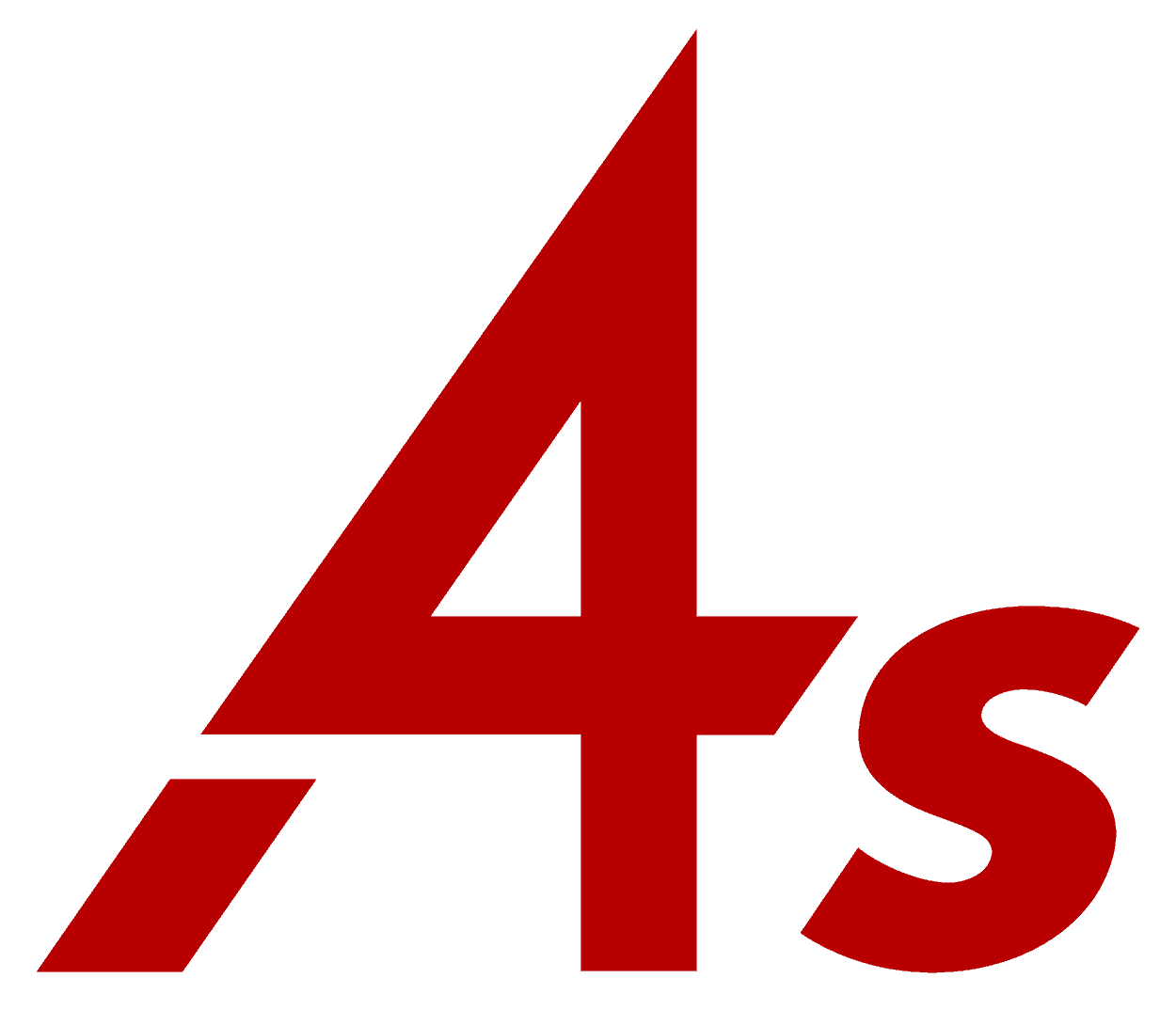Topic
- Government Relations
- Labor
- Privacy Law
- Taxation
The new year has brought a flurry of activity on policy issues that matter to our members. From new interest by federal policymakers in curtailing the perceived inundation of “surveillance advertising” to the expansion of pay range disclosure laws in states and municipalities, the 4As is actively engaged with state and federal lawmakers on shaping the regulatory changes that impact how agencies do business. New policy areas to watch this month include potential changes to federal independent contractor classification laws and enforcement, the reemergence of state digital advertising taxes given the start of the state legislative season, a rulemaking on the minimum salary threshold for the federal overtime rule, and more. Details below.
Democrats Introduce Legislation to Ban “Surveillance” Advertising
In January, Reps. Eshoo (D-CA) and Schakowsky (D-IL) and Sen. Booker (D-NJ) introduced the H.R.6416/S.3520- the Banning Surveillance Advertising Act, a bill that prohibits advertising networks and facilitators from using personal data to target advertisements, excluding broad location data. Importantly, the bill makes no explicit distinction between data collected voluntarily and data collected by surreptitious tracking.
As drafted, the bill focuses primarily on banning targeted advertising based on third party data rather than first party data. Brands would be able to target their own customers using first party data but not third party data and could still provide ad tech companies with first party data for targeted advertising (including for purposes of retargeting), so long as the advertiser certifies to compliance with the proposed law.
Banned Activities If the Bill Were Enacted
- Ad tech companies could not build segments with third party data: This means they could not provide advertisers or third parties with personal information for purposes of targeting the dissemination of ads, including: (1) lists of individuals or devices; (2) contact information; (3) unique identifiers; and other personal information, such as browsing history.
- Advertisers could not target ads based on protected classes such as race, religion, sexual orientation, gender identity, familial status, disabilities, etc.
- Advertisers could not target ads based on third party data, including that which was procured from data processors.
- Advertisers could not hire an ad tech company to target ads based on third party data or help enable an advertiser or a third party to do so.
Allowable Activities If the Bill Were Enacted
- Advertisers could target ads based on first party data, so long as ads are not targeted to protected classes.
- Advertising could be targeted to a general location (i.e., state or municipality but not zip code).
- Contextual advertising is allowed; however, information collected from contextual advertising cannot be used to target additional ads.
- Hiring an ad tech company to target ads based on first party data; however, written attestation would be needed from the ad tech company certifying that the ads were not targeted based on protected classes or third party data.
- Targeting advertising using non-personal information: As noted above, the bill likely leaves room for ad tech providers to develop ways to target advertising without using personal information that identifies or can identify an individual or device. If enacted, the legislation could accelerate efforts by some private companies to develop ad targeting without use of, using privacy enhancing technologies like targeting based on cohorts or secure multiparty computation. As written, however, some privacy-protecting solutions being developed by the industry could be at odds with the bill.
The bill would empower the FTC and state attorneys general to enforce violations, with fines of up to $5,000 per incident for knowing violations.
The bill has widespread support from privacy-focused companies and organizations including DuckDuckGo, Proton, the Electronic Privacy Information Center (EPIC), the Anti-Defamation League, Accountable Tech and Common Sense Media.
As currently drafted, the bill is unlikely to pass in Congress. Democratic sponsors have indicated that the legislation could eventually be folded into a more comprehensive federal data privacy bill, which we do not expect to pass this year. This bill is also on a parallel track to a recent petition filed by Accountable Tech before the Federal Trade Commission, urging the agency to begin a formal rulemaking on surveillance advertising.
The 4As’ Alison Pepper and other ad industry experts spoke with Ad Exchanger on the bill here.
The 4As Helping Agencies Better Define Sustainability to Bring Real Impact to Our World
For agencies, there will be many opportunities over the next few years to help their clients navigate the increasingly complex landscape of consumer expectations and legal requirements for what it means to be “sustainable.” Last month, the 4As convened its inaugural Sustainability Task Force to work on important issues including developing some commonality of nomenclature in this space. There is a lot of great work to build on, and an opportunity to go further to advance sustainability practices that have agreed-upon meaning and result in real progress.
In a recent op-ed for The Drum, Alison Pepper, 4As EVP of Government Relations, discusses the need for greater alignment and consensus on what the word “sustainability” means, and what needs to be done to bring real change to our industry and to the world.
Federal Bill Introduced to Eliminate Advertising Tax Deductibility for Prescription Drugs
On Jan. 13, Reps. Axne (D-IA), Slotkin (D-MI) and David Trone (D-MD) introduced federal legislation, H.R.6392 -The No Tax Breaks for Drug Ads Act, which would prohibit any federal tax deduction for direct-to-consumer (DTC) prescription drug advertising. The bill would cover any ad that refers to a prescription drug product and is primarily targeted to the general public, including through journals, magazines, newspapers, broadcast media (including radio and television), and digital platforms such as social media and web applications. A loss of Big Pharma’s federal tax deduction for advertising expenses could mean a significant reduction in demand for agencies in developing prescription drug advertising campaigns.
H.R. 6392 is companion bill to Sen. Shaheen’s bill, S.141., which has already garnered significant Senate support with over twenty democratic cosponsors. This bill was also previously introduced in the 115th and 116th Congresses but never made it out of committee.
Messaged as a tool to help punish drug companies for rising prescription drug costs amid surging pharmaceutical company profits, without any Republican support, we don’t expect this bill to advance this Congress unless it is floated as a potential revenue generator for large social spending bills.
DOL and NLRB Collaborate on Labor Law Enforcement via New MOU
The U.S. Department of Labor’s Wage and Hour Division (DOL/WHD) and the National Labor Relations Board (NLRB) announced a new memorandum of understanding (MOU) between the two federal agencies to collaborate, participate in information sharing, and coordinate investigations of potential violations of federal labor and employment laws. The MOU is specifically focused on worker misclassification issues (both independent contractor and joint-employment relationships) and retaliation. Agencies engaging independent contractors should monitor this new alliance as all companies that routinely use independent contractors will be heavily scrutinized.
As part of the MOU, the DOL/WHD and NLRB agreed to create a formal referral process, including advising workers of potential violations of laws enforced by the other agency and providing workers with both information about and a contact at the other agency. Not only does the MOU indicate that the agencies will target employers that misclassify individuals as independent contractors as a part of their business models, the MOU also indicates an intent to closely scrutinize companies with “complex or fissured employment structures,” including “joint employer, alter ego, and business models designed to evade legal accountability.”
This MOU comes in addition to a recent announcement by the NLRB that it will be weighing whether to reconsider its standard for determining independent contractor status. We continue to expect independent contractor issues to pick up steam in the months ahead.
SCOTUS Rules Against OSHA’s COVID-19 Vaccine Employer Mandate
On Jan. 13, the Supreme Court of the United States (SCOTUS) blocked a Occupational Safety and Health Administration (OSHA) rule that would require businesses with 100 or more employees to ensure their workers are fully vaccinated against COVID-19 or submit to weekly testing. In a 6-3 decision, the conservative majority on the court said OSHA had overstepped its mandate and that COVID-19 was not specifically a workplace risk. A couple weeks after the ruling, OSHA formally withdrew the vaccine mandate rule for large employers. Worth noting, the withdrawal decision does not necessarily mean that the agency won’t move forward with rulemaking on a more targeted permanent standard in the future.
The high court did allow the Department of Health and Human Services to continue with a federal rule that requires Covid-19 shots for workers in healthcare settings that treat patients covered by Medicare and Medicaid.
As of Jan. 12, 14 states prohibit any sort of Covid-19 vaccine mandate to be in place. State specific vaccine requirements can be found here via the Kaiser Family Foundation.
Pay Range Disclosure Laws Gaining Momentum in States and Cities
Over the last few years, many states have enacted equal pay laws which require employers to comply with a variety of requirements, routinely including banning employers from asking candidates about prior salary history and elaborating on the reasoning for pay differentials between similar employees. Now emerging across the country, many states are updating those laws to require companies to disclose the expected pay range of a position to potential job applicants. Some laws require salary range disclosure in a job posting, while others require disclosure of the possible pay range at the time an offer is made. Failure to comply with these laws could result in significant liability for agencies, including civil actions for violations. As a result, it is important that agencies understand their obligations under these laws in the states and municipalities where they operate.
Linked below is a chart summarizing current pay range disclosure laws as of January 2022. States and municipalities with laws in this area include California, Colorado, Connecticut, Maryland, Nevada, Rhode Island, Washington, the city of Cincinnati (OH), the city of Toledo (OH), and New York City (NY).
On the federal level, DC’s Delegate in Congress, Eleanor Holmes’ Norton (D), made an announcement on Jan. 18 that she will introduce a federal bill to require employers to provide the salary range for jobs in advertisements and interviews and to existing employees. Legislative text has not been released yet. She has introduced two other pay equity bills this year, including ones on equal pay for women and salary history. Even if the bill did pass the House of Representatives, It is unlikely that this salary disclosure bill would make it through the Senate given the filibuster and expected Republican opposition.
Other states are considering pay range disclosure laws this year include Massachusetts (H 1950 / S 1208) and New York state (S 5598A / A 6529A).
New York City to Restrict Use of Automated Employment Decision Tools
In Dec. 2021, the New York City Council enacted a new law that adds restrictions to the use of automated decision making tools in hiring and promotion decisions by employers and employment agencies. Many policymakers are concerned that these AI tools may be imbedded with unintended biases that result in outcomes that discriminate against individuals based on protected characteristics like race, age, religion, sex and national origin. NYC-based agencies using these tools may wish to begin planning now as these new restrictions will take effect on January 1, 2023.
As part of the law, employers that intend to utilize an employment decision tool after the enforcement date must first conduct a bias audit and publish those results on their websites. Employers would also be required to provide notice to employees or candidates residing in NYC that an automated employment decision tool will be used to assess or evaluate their candidacy, no less than ten business days before using the tool. The advance notification shall “allow a candidate to request an alternative selection process or accommodation.” Employers and employment agencies must also disclose the “job qualifications and characteristics that such an automated employment decision tool will use in the assessment of [the] candidate or employee.”
Agencies may also wish to review laws in other states where they operate, and in particular, Illinois and Maryland, as additional or different measures may be required to remain compliant with other applicable labor laws. The DC Attorney General also recently introduced a bill that addresses discrimination in automated decision-making tools generally. Similar legislation is likely to trend across other states, as this technology continues to infiltrate hiring practices and other areas of business. At the federal level, the U.S. Equal Employment Opportunity Commission (EEOC) announced an initiative in October 2021 to evaluate the use of artificial intelligence in hiring and other employment decisions. The outcome of that evaluation is still TBD.
4As Privacy Outlook for 2022: An Analysis of Where Key Data Privacy Topics Are Headed
Data privacy will continue to be a predominant issue for the advertising industry in 2022. Recent shifts over the past few years show that new changemakers, not the traditional privacy players, may be spearheading significant privacy policy changes. While comprehensive federal privacy legislation is still the preferred solution for data privacy policy reform for the advertising industry, in the months ahead it is increasingly looking like the states, the Federal Trade Commission (FTC), and private party actors will play a more predominant role.
In a new white paper, the 4As Government Relations team highlights what agencies should expect to unfold in the data privacy policy universe in 2022. Take a look here.
NLRB to Reconsider Trump-Era Independent Contractor Test
In an announcement made Dec. 27, the National Labor Relations Board (NLRB) announced it will reconsider a Trump-era legal test for assessing whether a worker is classified as an employee or an independent contractor for the purposes of protections under the National Labor Relations Act. Given the new liberal majority of the body, the NLRB seems poised to revert to a more worker-friendly standard for determining independent contractor or employee status. Given the advertising industry’s continued reliance on freelance talent for flexible project-based staffing solutions, agencies may be interested in following these developments to help them understand possible changes to federal labor laws and liability concerning proper worker classification.
Specifically under review is the Trump NLRB’s 2019 SuperShuttle decision, which gave employers more of an advantage by emphasizing workers’ “entrepreneurial opportunity” for economic gain when determining their employment status. That factor had been severely limited by a 2014 ruling involving FedEx Corp., which was handed down by a Democratic-majority board during the Obama Administration. Stakeholders have until February 10 to weigh in via legal briefs on whether the NLRB should keep the SuperShuttle test, return to the FedEx test, or replace it with something else.
What the NLRB is pursuing is separate from a possible new definition of independent contractor status that could come out of the Wage and Hour Division of the Department of Labor later in 2022.
Federal Overtime Rules on Biden Administration’s Regulatory Agenda for 2022
The Biden Administration’s fall 2021 regulatory agenda projects that the Department of Labor (DOL) will revisit before April 2022 the salary level at which an employee could be exempted from federal overtime and minimum wage requirements, as well as address other aspects of the overtime regulatory regime. With so many agencies experiencing staffing shortages and difficulties hiring new, affordable talent, increasing the federal minimum salary threshold could trigger increased overtime requirements for a larger swath of junior level talent, particularly in lower-cost markets. This could negatively impact the predictability of labor expenses and project budgeting for agencies.
On Jan. 25, the 4As along with more than 100 other employer organizations sent a letter to Secretary of Labor Marty Walsh urging DOL to hold stakeholder meetings prior to the development and issuance of its anticipated proposed rulemaking on the “white collar” exemptions to the overtime regulations under the Fair Labor Standards Act. “This will be a significant rulemaking with respect to cost, difficulty in implementation and impact on the workforce, particularly given the current acute labor shortages,” the letter says. “Our organizations urge DOL to follow past precedents and hold meetings with the regulated community to obtain input on the potential impact of any changes to the overtime exemption requirements.”
Taking effect at the beginning of 2020, DOL last updated the overtime threshold in 2019, when it finalized a $35,568 minimum salary for overtime exemptions. This current minimum salary threshold fell short of the Obama Administration’s proposed $47,000 threshold. Any proposed rule would likely include language about regular and automatic updates to this minimum salary threshold, a model used by some states and localities who have their own minimum salary thresholds.
Some Democratic members of Congress are urging DOL to adopt a salary threshold at the 55th percentile of earnings of full-time salaried workers nationwide. This threshold would be at least $82,732 by 2026.
Industry Urges Massachusetts Legislature Against Passing a Digital Ad Tax
The 4As joined more than twenty other organizations, including other advertising industry trade associations, technology companies, brands, and broadcasters, in a letter outlining strong opposition to proposed taxes on digital advertising in Massachusetts. The letter emphasized past attempts at enacting state advertising taxes, which in every case were repealed after they were linked directly to significant economic hardship for small businesses. The letter also calls out valid ongoing federal, state, and constitutional legal challenges with Maryland’s law that could entangle Massachusetts’ digital ad tax bills, should they be enacted before the Maryland law’s legal challenges are resolved.
HB 4042, HB 2894, HB 3081, and HB 4179, are bills designed to loosely mimic Maryland’s digital advertising tax law, with some minor differences in some. The bills had a virtual hearing on Jan. 28 per the state’s constitutional requirement that all bills introduced in the legislature have a hearing. While the bills vary in design, the minimum revenue threshold to trigger the tax for any of the bills is $50M global revenue & >$100K in state revenue from digital advertising services or just >$1M in state revenues from digital advertising services without any additional global revenue size requirements. Tax rates in one bill graduate from 5% to 15% for the highest revenue companies making more than $200M, while the other bills have a flat tax rate of either 5% or 6.25%.
—————————————————————————————————————-
Have questions about the policy areas covered in this newsletter or other 4As advocacy efforts? Please contact Alison Pepper at [email protected] for more information.




